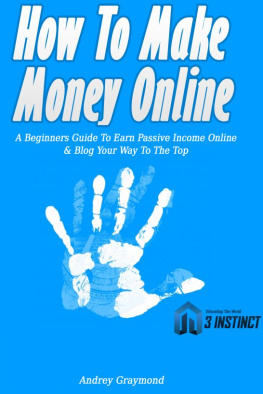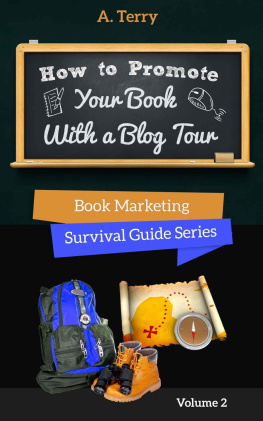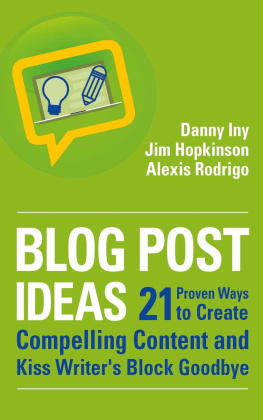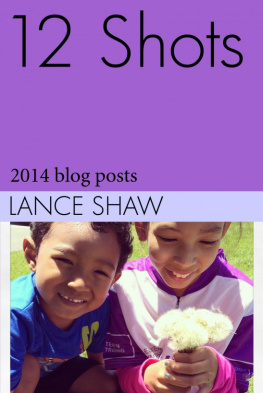Digital Publishing Toolkit: the Blog Posts
Introduction
Digital publications are on the rise. In our daily lives we read more material than ever on electronic devices, while paper books once everyday objects are becoming collectible design objects. For publishers, visual designers and artists it can be difficult to keep up with these developments; few possess the knowledge and resources to develop a digital publishing practice of their own. For arts and design-oriented books, going electronic can be an extra challenge because form and content are deeply intertwined, while electronic book formats were not engineered with visual publications in mind.
The Digital Publishing Toolkit initiative a network of two applied universities and art school research departments, four Dutch art and design publishers, and several graphic and media design bureaus worked on a straightforward how-to guide for electronic publishing in the arts, along with a collection of Open Source software tools for editing and designing electronic books.
The findings obtained in this research over the past two years have been documented on the blog http://networkcultures.org/digitalpublishing. Digital Publishing Toolkit: the Blog Posts collects all these blog posts. This EPUB consists of texts, images and links to video files. The videos themselves have been omitted, to prevent the EPUB file from being too memory intensive to load on some reading devices. It includes reflections, reports and tools. The blog posts are arranged in reverse chronological order, with the exception of the earliest post, as we thought it would be most appropriate to begin the collection with the original first post.
On http://networkcultures.org/digitalpublishing you can find more information about this two-year research project. Such as registration videos of the three conferences we organized, a direct link to our GitHub repository, and various resources related to hybrid publishing.
Not only we have researched digital publishing, but we have also conducted various digital publishing experiments - such as this Digital Publishing Toolkit: the Blog Posts publication. In addition to the physical book, we have released this work through several different channels: Lulu, Issuu, Scribd, PDF and in EPUB.
The approach we have adopted suits our main conclusion, namely that the best strategy is a publishing workflow that utilizes a variety of output formats - i.e. a multi-channel form of publishing. Developing a hybrid publishing strategy, which is open to new digital forms, is an on going focus for the Institute of Network Cultures.
Colophon
Digital Publishing Toolkit: the Blog Posts
Authors: DPT Collective and guest bloggers
EPUB design: Andre Castro
Cover design: Medamo
Publisher: Institute of Network Cultures, Amsterdam
The EPUB edition of this publication is freely downloadable from: http://networkcultures.org/publications/
Contact:
Institute of Network Cultures
Hogeschool van Amsterdam
Rhijnspoorplein 1
1091 GC Amsterdam
The Netherlands
http://www.networkcultures.org
books@networkcultures.org
t: +31 (0)20 595 18 65
This publication is licensed under Creative Commons Attribution NonCommercial ShareAlike 4.0 Unported (CC BY-NC-SA 4.0). To view a copy of this license, visit http://creativecommons.org/licenses/by-nc-sa/4.0/.
Amsterdam, February 2015
















A wrap up of the Digital Publishing Toolkit Florian Cramer and Geert Lovink
By Kata Truijen, December 7, 2014 at 3:33 pm.
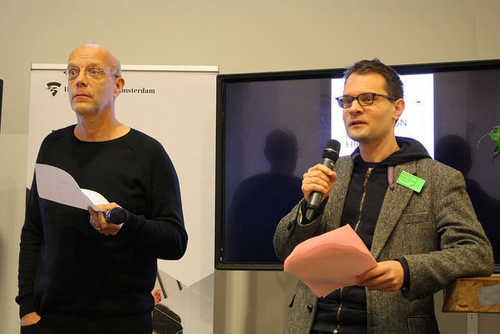
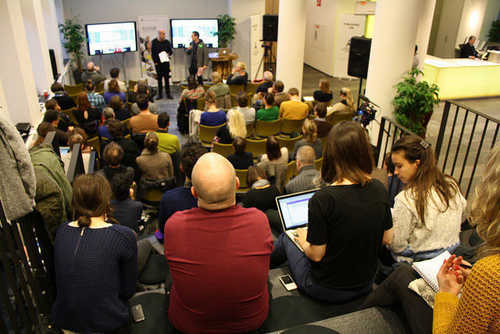
Geert Lovink and Florian Cramer conclude the afternoon by looking back on two years of researching digital publishing; a succesful collaboration between designers, schools, researchers and publishers. Which lessons can we take from the research?
1. Digital publishing is still in a phase of transition
When one compares reading and publishing to other media that have been digitized over the past decades, one will see that publishing has followed a different path. Indeed the field is changing, partly even in a disruptive way, but it has not changed like the music industry, newspaper industry or online video where one can see a consolidation of business models.
In general, the publishing industry is still somewhat conservative compared to other industries like those of magazines and journals. In these fields there is a lot of experimentation and the Netherlands can even be considered to be a pioneer with projects and business models like Blendle and de Correspondent. In other countries one can already find some examples of distribution platforms for small publishers, like Minimore.de in Germany.
The fact that digital publishing is still in a transitional phase, is at the same time very interesting. We may say that we are in the Napster moment in the printing industry. Geert Lovink states that when you compare it to the rise of the Internet, it feels very much like 1995. The systems are not yet working, but there is a lot of experiment and research into different standards and platforms.
2. The electronic medium is often still (used as) a poor medium.




